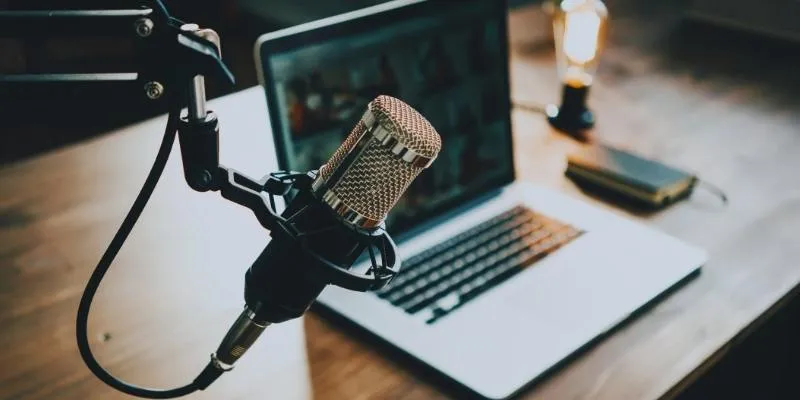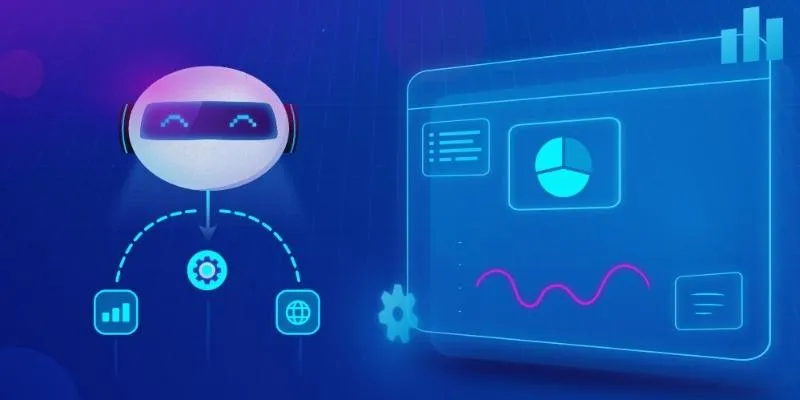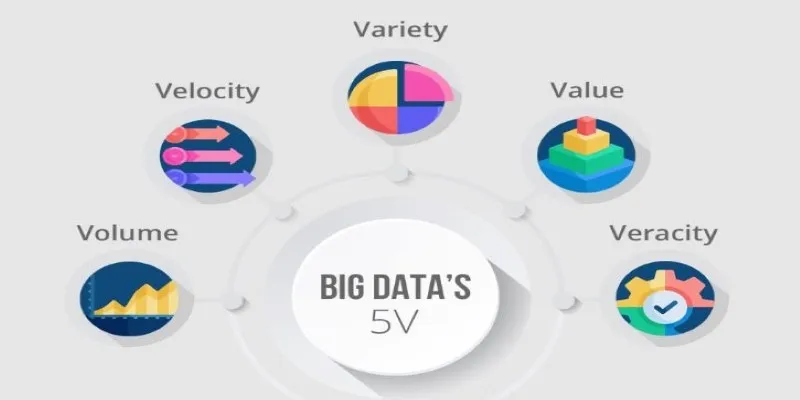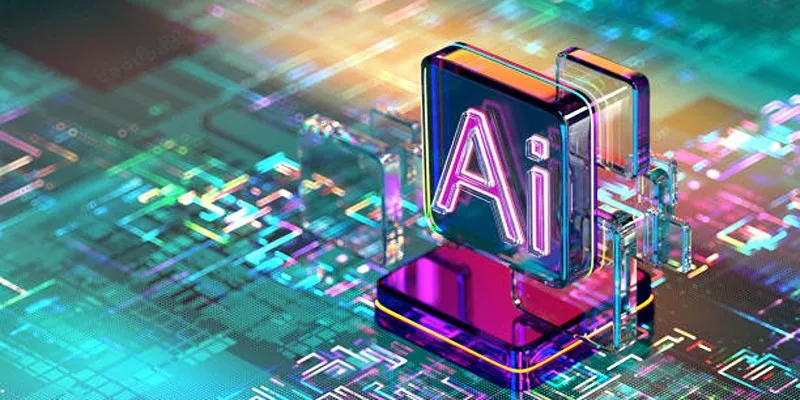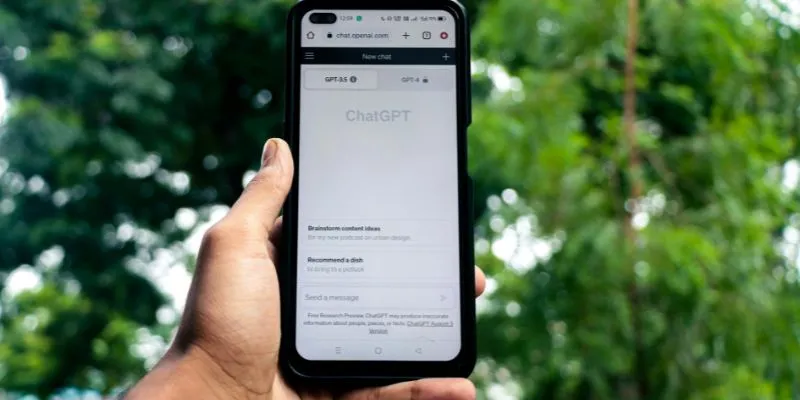Digital creation is being transformed by AI-generated art. However, creating the ideal AI-generated art requires skill. The correct words guide artificial intelligence algorithms to create amazing images. Learning effective prompt writing is crucial, whether your preferred style is abstract or realistic. A well-organized prompt guarantees accuracy, originality, and uniformity of style, enabling artificial intelligence to generate excellent visuals that capture your vision.
This guide will teach you how to create prompts designed to enhance outcomes. We’ll address structure, keywords, and effective language. By the end, you’ll be able to design prompts that bring your ideas to life. Explore ways to create simple, clear, and imaginative prompts. Prepare to enhance your AI- powered digital art skills and create professional-quality artwork effortlessly.

Understanding AI Art Prompts
AI art prompts are descriptions that direct artificial intelligence in producing images. These prompts guide AI in creating works by specifying style, composition, subject matter, and nuances. With detailed prompts, the output is more accurate and polished, while vague prompts yield inconsistent results. Start with a well-defined subject; for example, use “a fluffy white Persian cat sitting by a window” instead of just “a cat.”
Adding context increases accuracy. Specify artistic styles, lighting, and colors. Saying “a cyberpunk city at night with neon lights” yields better results than simply “a city at night.” Refinements like “highly detailed,” “realistic,” or “minimalist” further improve the output. Use structured sentences. For AI, “a futuristic astronaut, wearing a metallic suit, standing on Mars, cinematic lighting” provides clear guidance. Learning effective prompt writing ensures AI follows your vision.
Key Components of an Effective AI Art Prompt
A good prompt comprises various components. The core of your prompt is the subject. Clearly state the kind of output you desire. Instead of “a bird,” specify “a blue hummingbird hovering near a red flower.” Style is crucial. Indicate whether you prefer “watercolor painting,” “oil painting,” or “hyper- realistic 3D render.” Lighting adds depth. Request “soft morning light,” “dramatic shadows,” or “golden hour glow.” Composition guides the framework.
Specify “close-up shot,” “wide landscape,” or “portrait-style framing.” Details like texture and mood enhance results. For AI, saying “a mysterious castle, covered in fog, eerie atmosphere” clarifies the intended feeling. Colors accentuate features. “A vivid sunset with shades of pink and orange” creates a specific visual appeal. Combining these components ensures optimal results.
Structuring Your AI Art Prompt
Well-structured prompts make logical sense. Start with the subject, then add modifiers, style, and details. “A majestic lion” becomes more refined as “a majestic lion, roaring, golden mane, hyper-realistic, dramatic lighting.” Keep prompts concise. Avoid long, complex sentences. Use “a vivid sunset, red- orange skies, reflecting on a calm ocean” instead of “a beautiful sunset with red, orange, and yellow hues over a calm ocean.”
Use clear, succinct language. Avoid unnecessary words. “A detailed sci-fi city, neon lights, futuristic buildings, aerial view” is preferable to “a city that looks futuristic with many neon lights.” Clarity is essential. The more precise you are, the better AI understands your request.
Choosing the Right Keywords for AI Art Prompts
Keywords shape AI’s interpretation of your prompt. Use precise terms to describe the subject, technique, and composition. Instead of “fantasy setting,” specify “media fantasy castle, surrounded by mist, mystical atmosphere.” Action words add vitality. For example, “a soaring eagle, wings spread, against a blue sky” conveys movement. Textural terms enhance realism. “A cracked stone wall with moss growing on it” adds specificity.
Experiment with various keyword sets. Prompts like “anime-style warrior, glowing sword, dynamic pose” yield better results than just “a warrior with a sword.” Instead of “an airship in the sky,” try “steampunk airship, brass details, cloudy sky.” Carefully chosen keywords enrich AI art with depth and engagement.
Avoiding Common Mistakes in AI Art Prompt Writing
Common mistakes can reduce the quality of AI output. Vague prompts produce generic results. Instead of “a fantasy landscape,” use “a lush green valley, enchanted forest, glowing blue mushrooms.” Overloading with unnecessary details confuses AI. Maintain balance in your descriptions. Saying “a robot with silver metallic plating, glowing blue eyes, intricate mechanical joints, standing in a neon-lit city at night with rain falling” may be excessive. Trim extraneous words to maintain clarity.
Inconsistent phrasing can compromise outcomes. Avoid contradictory phrases like “a simple, highly detailed painting.” Stick to a single stylistic direction. Frame your work positively. Use “bright and vivid” instead of “not dark.” These small adjustments can significantly improve AI accuracy.
Experimenting with AI Art Prompt Variations
Experimenting with different prompts helps enhance outcomes. Minor adjustments can influence the output. Try various perspectives, styles, or moods. Transform “a mountain at sunrise” to “a snow-capped mountain, golden sunrise glow, mist in the valleys.” AI models respond differently to prompts. Some platforms interpret words uniquely. Test different wording to find the most effective approach.
Try “an enchanted woodland, glowing plants, bioluminescent mushrooms,” instead of “a magical forest.” Apply iterative refinement techniques. Begin with a basic concept, then expand. Starting with “a knight in armor” evolves into “a medieval knight in shining silver armor, holding a glowing sword, standing on a battlefield.” Small changes can enhance results instantly.
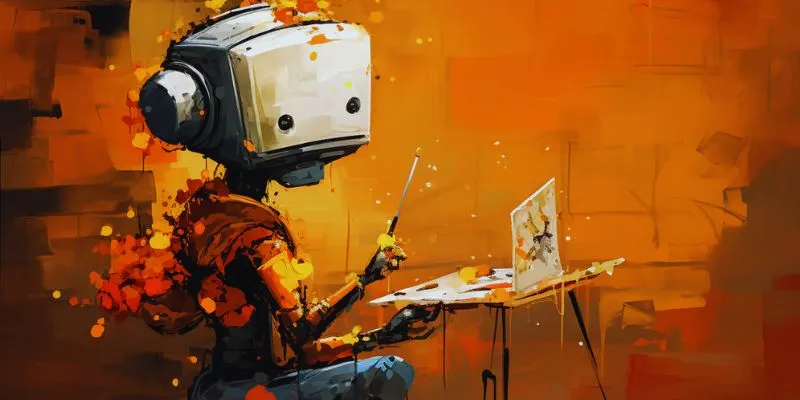
Enhancing AI Art Prompts with Style References
Referring to recognized art forms enhances accuracy. Specify “a starry night sky, painted in Van Gogh’s post-impressionist style, bold brushstrokes” if you desire a Van Gogh-inspired piece. Photography terms support realism. For professional-looking photos, use “cinematic lighting,” “soft focus,” or “depth of field.”
Try “a high-profile studio portrait of a woman, soft lighting, warm tones” instead of “a portrait of a woman, soft lighting, warm tones.” Digital art forms refine outputs. Declaring “a cyberpunk city, neon lights, futuristic aesthetics” provides precise guidance. Including references ensures AI understands your artistic direction.
Conclusion
Mastering AI-powered digital art opens nearly limitless creative possibilities. The right phrases guide AI to create stunning images. Results improve with a clear structure, strong keywords, and precise descriptions. Avoid vague prompts, balance elements, and refine language for optimal outcomes. Experiment with styles and references to enhance accuracy. Structured prompts help you realize your visions, whether for fantastical landscapes or realistic portraits. Start today and watch your AI-generated art evolve and inspire.
 zfn9
zfn9





